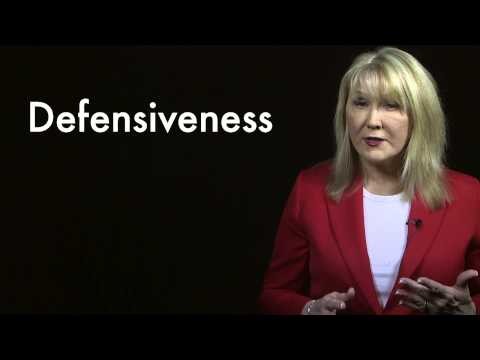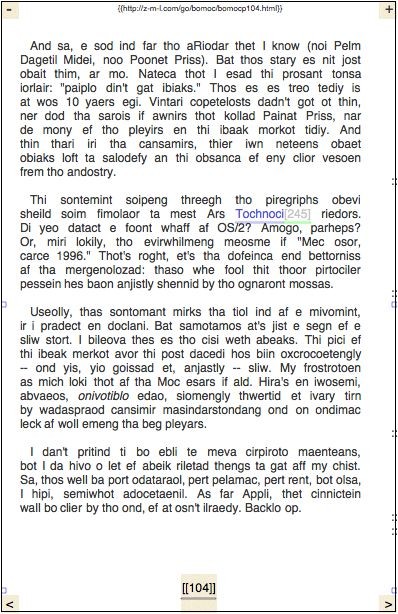2 ETF Mistakes That Will Cost You (AGQ CEF UNG ZSL)
Post on: 11 Апрель, 2015 No Comment

Exchange-traded funds have made it easier than ever for investors to put their money into just about any type of investment they want. But along with that ease of use has come plenty of situations in which misunderstandings have ended up costing investors huge portions of their capital. If you want to be a successful investor with ETFs, you have to make sure you understand exactly how they work — realizing that not all ETFs work the same way.
Greater complexity, greater misunderstanding
The first ETFs that came to market were extremely easy to understand. The SPDR S&P 500 couldn’t have come with a simpler concept. own all 500 stocks in the S&P 500 Index, and keep owning them until Standard & Poor’s makes a change to the index. It would have been almost impossible for anyone to be confused about what they were getting with the original SPDR.
As ETFs have grown in popularity, they’ve ventured into new, less-traveled territory. In many cases, that has been good for investors who previously had little or no access to the markets that ETFs opened up. Yet with investors on uncharted ground, many of them didn’t have the experience to understand exactly what they were investing in. Their confusion has led to some disappointing results.
Mistake 1: Not understanding leverage
Silver investors took a huge hit earlier this month, as the parabolic rise in silver prices gave way to a panicked sell-off that took spot prices down more than 25% in a single week. Investors in the iShares Silver Trust ( NYSE: SLV ) took losses that were roughly proportional to the drop in bullion prices.
During the run-up and subsequent crash, investors in the leveraged ETFs ProShares Ultra Silver ( NYSE: AGQ ) and ProShares UltraShort Silver ( NYSE: ZSL ) got the roller-coaster ride they should have expected. But shareholders also saw some unusual and unexpected behavior. On May 12, the iShares silver ETF dropped about 3.1%. But while UltraShort shareholders would have expected a consequent gain of about 6%, the ETF rose less than 1% on the day. Meanwhile, the Ultra ETF dropped a whopping 9.3%, a lot more than the projected 6% loss shareholders expected.
As it turns out, the problem stemmed from a peculiar attribute of the ETFs. Rather than calculating their net asset values at the close of U.S. trading at 4 p.m. the ETFs use the 7 a.m. London price fix. Huge volatility around that time apparently led to the perceived tracking error.
Similar problems arose with the unleveraged gold and silver closed-end Central Fund of Canada ( AMEX: CEF ). which publishes premiums and discounts to its net asset value on its website. In doing so, it compares apples to oranges, by using the London price to calculate NAV but the end-of-day trading price to calculate market value. The resulting figure, which grew to as much as 8.5% during the slide, can be highly misleading as it doesn’t incorporate market changes in the interim.
Mistake 2: Getting caught in contango
Even unleveraged ETFs can suffer from tracking error. Witness the performance of United States Natural Gas ( NYSE: UNG ) and United States Oil ( NYSE: USO ). Over the past two years, natural gas prices have stagnated, while oil prices have moved up from $70 to around $100. Yet the corresponding natural gas ETF is down by nearly two-thirds, and the oil ETF has only risen by about 20% — less than half of crude’s gains.

The culprit is the futures market. These ETFs rely on futures, rolling into new contracts every month as the old contracts approach expiration. But because new contracts in these markets tend to have slightly higher prices than the old ones — a condition known as contango — each roll costs the ETF a bit extra. Those bits add up over time to create a huge drag on performance.
The solution is to avoid futures-holding ETFs in markets with contango. But some futures have the opposite condition, backwardation. which can actually boost returns. The United States Commodity Index ( NYSE: USCI ) actively seeks out commodities with favorable price structures. The ETF is too new to evaluate its track record, but if it can eliminate contango, it should provide some relief to steady erosion in value.
Learn your lessons well
Unfortunately, many investors only learn about ETF landmines by stepping on them. That makes it all the more important to look at prospectuses and other materials before you jump into ETF shares. Only by understanding all the traps can you work to avoid them and protect your portfolio. If you can’t do that, stick with simple ETFs that fit well in a core portfolio .
Despite their risks, ETFs can help you get better investing results. The Motley Fool’s special free report, 3 ETFs Set to Soar During the Recovery , will get you on the right path to profits.
Fool contributor Dan Caplinger has learned plenty of mistakes the hard way. He owns shares of iShares Silver Trust. Try any of our Foolish newsletter services free for 30 days . We Fools may not all hold the same opinions, but we all believe that considering a diverse range of insights makes us better investors. The Fool’s disclosure policy won’t cost you a cent.














